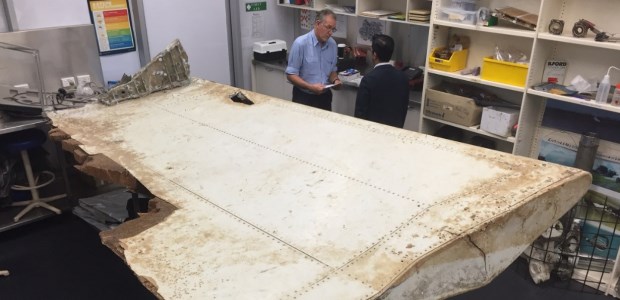
Data from MH370 Underwater Search Released
The Australia government, Malaysia, and the People's Republic of China suspended the search earlier this year after the missing commercial jetliner known as Malaysian Airlines MH370 was not found inside the 120,000-square-kilometer search area in the southern Indian Ocean.
Six months after the Australia government, Malaysia, and the People's Republic of China announced they were suspending the search for the missing commercial jetliner known as Malaysian Airlines MH370, Geoscience Australia has released sea floor data from the search. Australia announced Jan. 17, 2017, that the search had been suspended; pieces from the missing aircraft have been recovered after washing up on the coasts of some Indian Ocean locations, but the bulk of the plane has not been found.
The plane disappeared from air traffic control radar March 8, 2014, after taking off from Kuala Lumpur on a flight to Beijing with 227 passengers and 12 crew on board. Analysis of satellite data indicated the aircraft went down in the southern Indian Ocean where the search was made.
The intent from the start of the underwater search was that all sea floor data gathered would be released to the public, and Geoscience Australia, which provided advice, expertise, and support for the sea floor mapping and underwater search, has now published the data collected during bathymetric surveys that mapped the topography of the sea floor in the search area of 120,000 square kilometers.
"While the data was collected for the sole purpose of locating the aircraft, which disappeared in March 2014, it will also be of interest to the scientific community, as it is some of the first high-resolution data of this area of the southern Indian Ocean," the Australian Transport Safety Bureau noted, explaining that the second phase of the sea floor data is expected to be released in 2018.